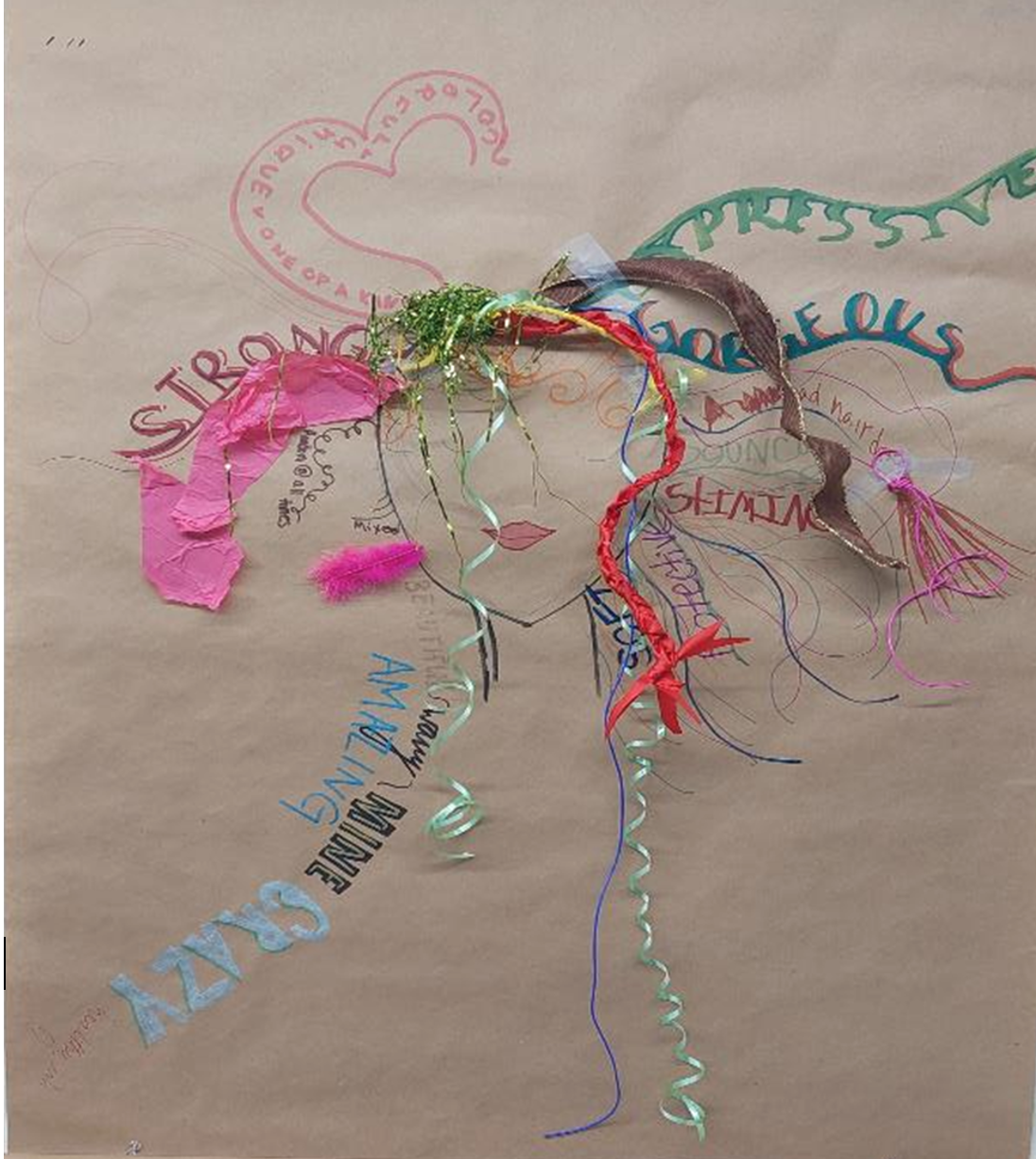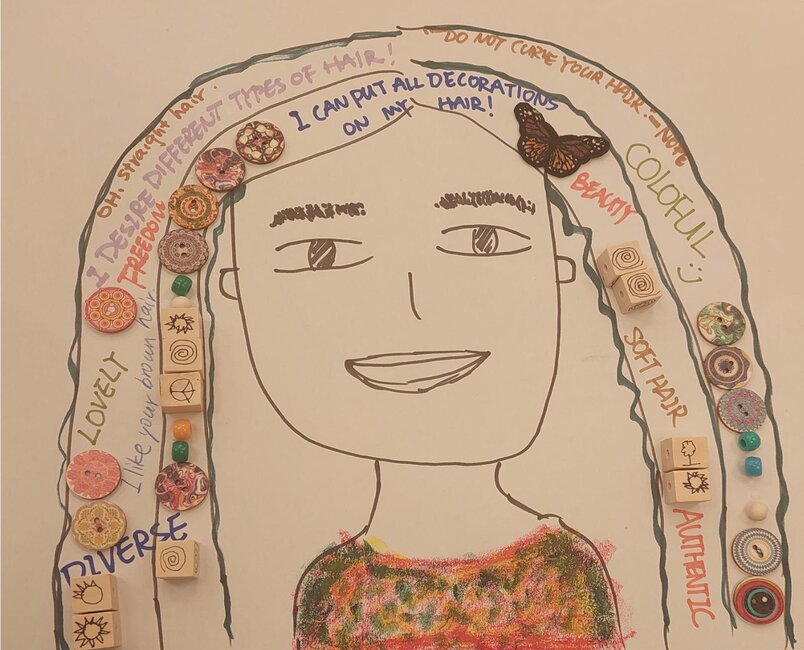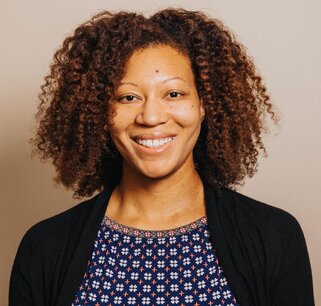February 6, 2023 | By Naarah Macklin, MS, LMHC
The month of February is Black History Month, and this serves as a time of reflection of my identity and what it means to me. It results in a time of reflection in regards to my past, my ancestors, culture, and my connection to the BIPOC community. As an African-American woman, hair plays a big part of my identity and plays a major impact in who I am. I often think of my hair, many styles I have done to it, what it is saying to the world, if I am having a “good hair day”, and its overall health. The topic of hair has taken me on quite the journey to unravel the misconceptions of it.
The start of this journey began with an individual asking to touch my hair in a professional setting. The question was innocent enough. But why would she ask to touch my hair? What makes my hair such a form of curiosity? This experience began my quest to explore answers within safe spaces for individuals to get together and share their own personal experiences related to hair. I found answers and guidance within open dialogues on campus as well as presentations I led at a nearby college. Participants in these places were able to get together and share their viewpoints on microaggressions, feelings that arise when others talk of their hair, and listen to similar experiences related to hair. Sharing the experiences connected us and created a sense of unity and healing of the wounds caused by microaggressions through the process of art making.
As a counselor at a university, I engage with students and faculty through the form of presentations, art sessions, individual counseling sessions, lectures, and one-on-one casual conversations about hair. Typically when I present on this topic, I begin with slides sharing art of modern and some past artists that incorporate a depiction of hair in their pieces. The participants view and learn how hair can be the foundation for creative expression as well as sharing a personal story. The different artists used various mediums to tell their stories. Artists such as Tyler Clark, Fabio Gomes Trinidade, Lorna Simpson, and Tawny Chatmon, are some of the artists that are presented. Some of the artists that I mention are familiar to the participants, and many of them become enlightened with new artists they never knew of.

Artwork created by a group of about 6 college students. These students collectively decided to work together on one piece after hearing the art directive. The background paper used is a large piece of butcher paper.
After the presentation, participants are invited to create art. For example, I often lead an art activity in the group setting related to hair. Using paper and some form of writing material, the participants are encouraged to create a face on the page. Participants are then guided to use words, phrases, or lettering that they think of when they associate with the word “hair”. These particular words, phrases, or lettering are used to create the strands of “hair” on the head of the face they created. Participants are also made aware they can incorporate a scarf or head wrap and decorate it in the same fashion. Participants are encouraged to decorate their piece as they wish and can even incorporate ribbon, string, pieces of magazines, or newspaper to their artwork.

Upon my walking around the room and engaging with the participants, they often appear very immersed in the art. Many share their individual hair stories, as well as hair stories from others in their lives. A participant once remarked how surprised she was to discover that her hair is such a crucial part of who she is. Overall, what was shared with me in these interactions was that the experiences each participant went through regarding hair made them feel isolated and alone. However, being a part of the presentation and engaging in the art making experience allowed them to feel connected and heard by others. This allowed the participants to be introspective and began the start of the healing journey of past trauma.
There is a lot of trauma surrounding hair that is not only related to racial identity, but also for people who are going through medical treatment, aging, and other life altering circumstances. Art therapists can play a crucial role in facilitating the feeling of being connected to others and healing of past as well as current trauma surrounding hair. As art therapists it is important that we are aware, are able to educate others, as well as learn different tools that will help support our clientele in the healing of these traumatic wounds.
About Naarah Macklin, MS, LMHC

Naarah Macklin is a graduate of Springfield College’s Art Therapy program and currently a Senior Counselor and diversity specialist at Western New England University (WNE), in Western Massachusetts. As she works towards the ATR credential, she has been utilizing art therapy with students to help heal trauma. Naarah has a history of working with latency aged children at a residential program utilizing art therapy and Cognitive Behavioral Therapy to help them cope with everyday stressors and traumas. She also has worked as a Resident Director in Residence Life, successfully building community, cohesiveness, and appreciation of diversity amongst students.
Naarah is currently collaborating with departments at WNE to facilitate diversity conversations and workshops for the BIPOC population. She facilitates art therapy groups for students to help them better manage stress, anxiety, and depression.
